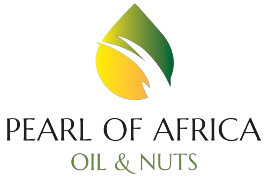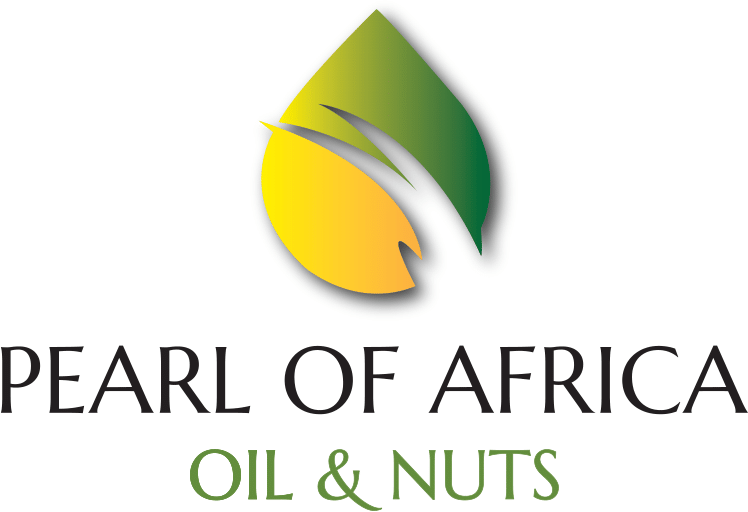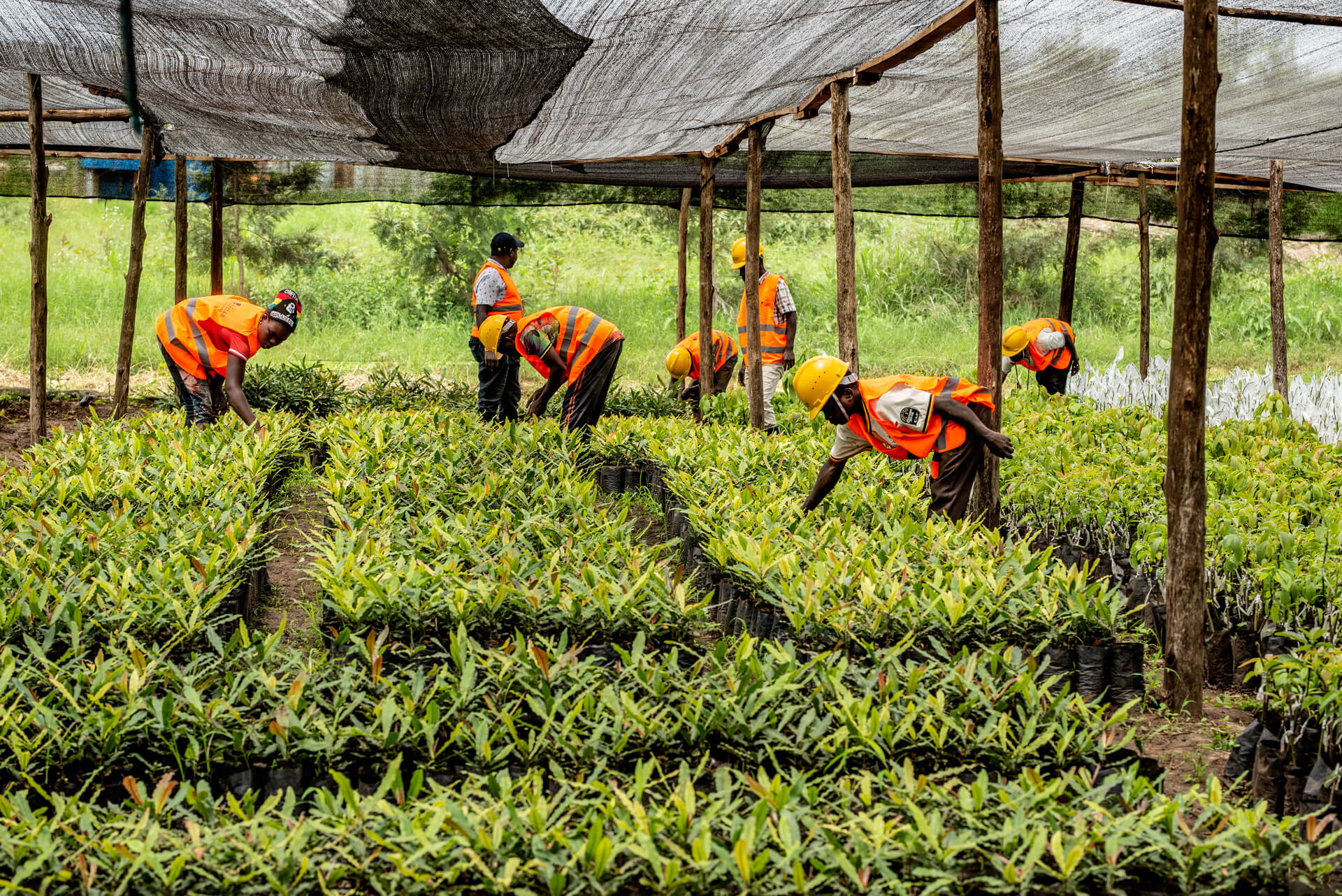
Scouting and Supervision
Scouting and supervision involve nurturing seedlings in the nursery, ensuring healthy trees for a thriving orchard. Seeds are grown under shade nets, protected from direct sunlight, and managed for pests and diseases. They are watered, given pesticide sprays, and fertlizer is applied. Next, the seedlings are planted in the field, following a meticulous process that begins 2-3 months in advance.
Monitoring and Visibility Analysis
Monitoring and viability analysis in agriculture are crucial for ensuring high-quality products. Key activities include weeding, precise fertilization, pest management, and sustainable irrigation. Our farm uses various technologies like irrigation systems and mechanized pest control for efficient farming. Regular staff training ensures safe pesticide and fertilizer use.

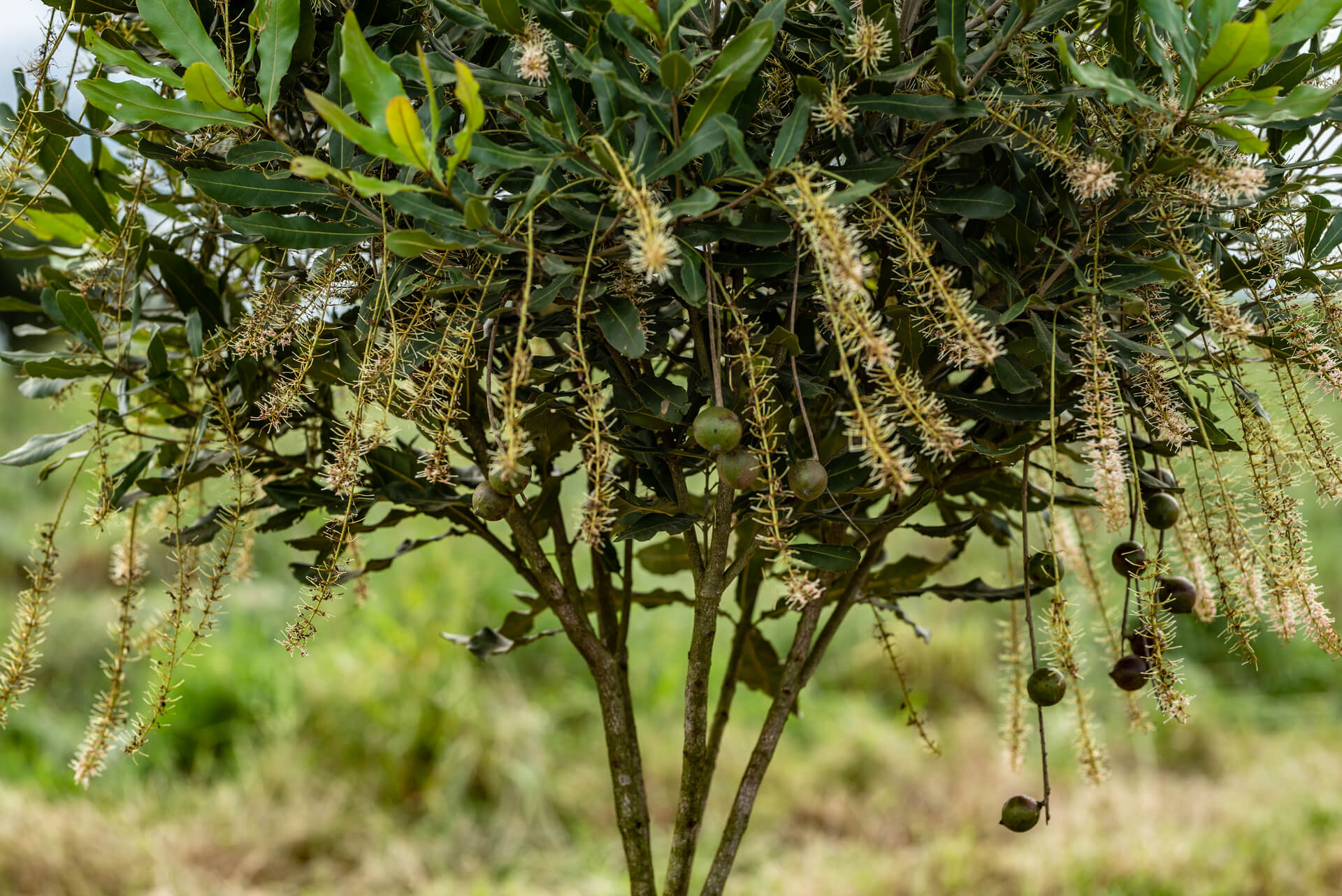
Harvesting
Our crop harvesting starts when trees mature. Macadamia trees bear fruit after 4 years, avocados after 3. Timing is crucial for optimal maturity. Selective harvesting based on fruit size meets market demands, ensuring high-quality produce.
Processing
Processing includes the initial washing to remove dirt and debris, followed by drying to reduce moisture levels. Next, the nuts are cracked to extract the edible parts. Sorting is a crucial step in removing any subpar quality fruits or nuts. Finally, the produce is carefully graded according to size and style, ensuring that only the best quality products make it to the market.


Packaging and Exporting
Packaging and exporting procedures involve careful weighing, vacuum sealing, and labeling of products. These items are then stored under controlled conditions until they are ready for dispatch. At the time of shipping, products are meticulously organized onto heat-treated pallets, securely strapped, and shrink-wrapped to ensure cleanliness and safety. They are then loaded into a clean, fumigated container and sealed.

Seed Selection
A process is undertaken to select only certified high-quality seeds. These selected seeds are then carefully sown in trays that are filled with wet coco pear media, ensuring an optimal environment for germination.
Green House & Nursery Care
In this phase, about 12 seeds are sowed into each of the 162 tray cavities. These seeds germinate within a week, with a germination rate of over 75%. Next, the seedlings are transplanted into potting bags to support further growth. To ensure proper root establishment, these seedlings are then placed in a humidity-controlled environment for two weeks. Overall, it takes approximately 2 to 3 months for the saplings to be fully prepared and ready for the next stage.

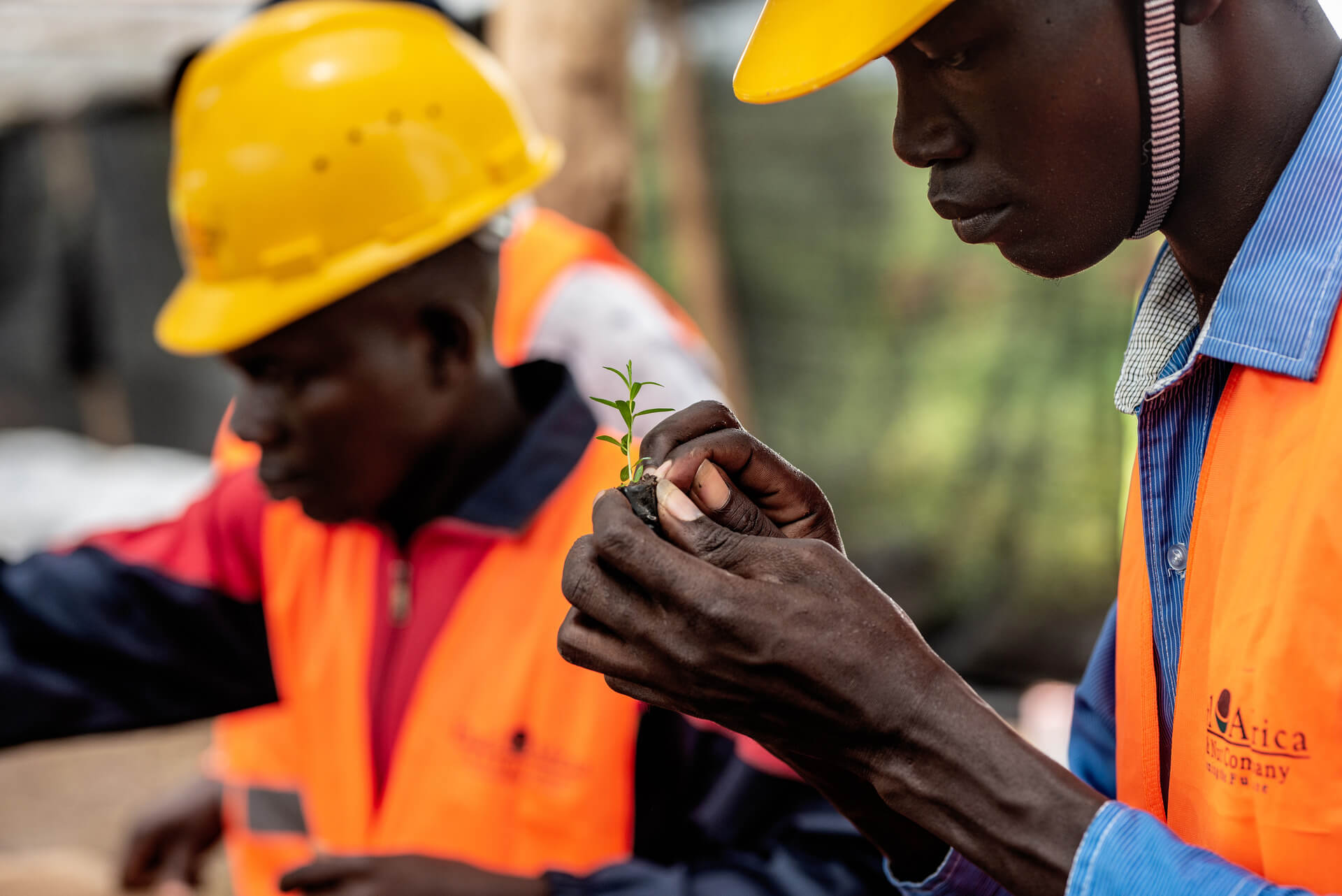
Viability Testing
Viability testing is conducted to ensure optimum conditions. Seed or plant viability measures the number of viable seeds or plant material in a batch that can germinate and grow into plants capable of reproduction in suitable field conditions.
Field Planting & Growth
This step involves a series of steps to prepare the land for the young saplings. Initially, bush clearing is performed to eliminate all competing weeds and roots. This is followed by soil tillage, including ploughing and harrowing, to achieve a fine tilth that is optimal for root growth and development. Field lines are then carefully marked to ensure proper spacing between each plant. The final part of this phase involves implementing pest and disease management strategies to protect the young plants, fostering a healthy start for their growth cycle.
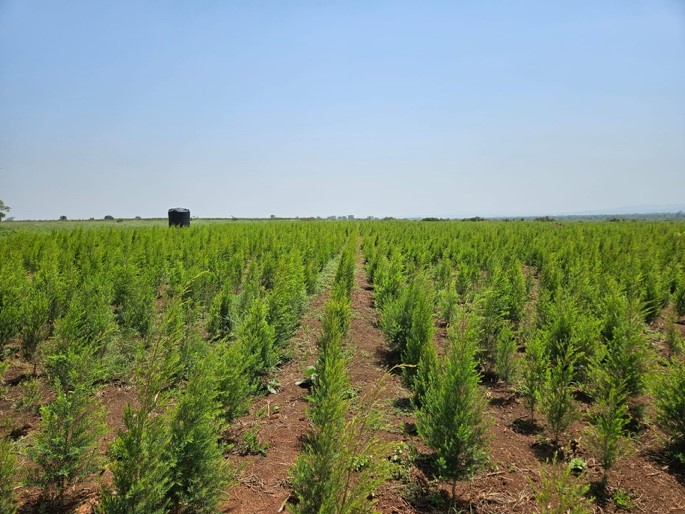
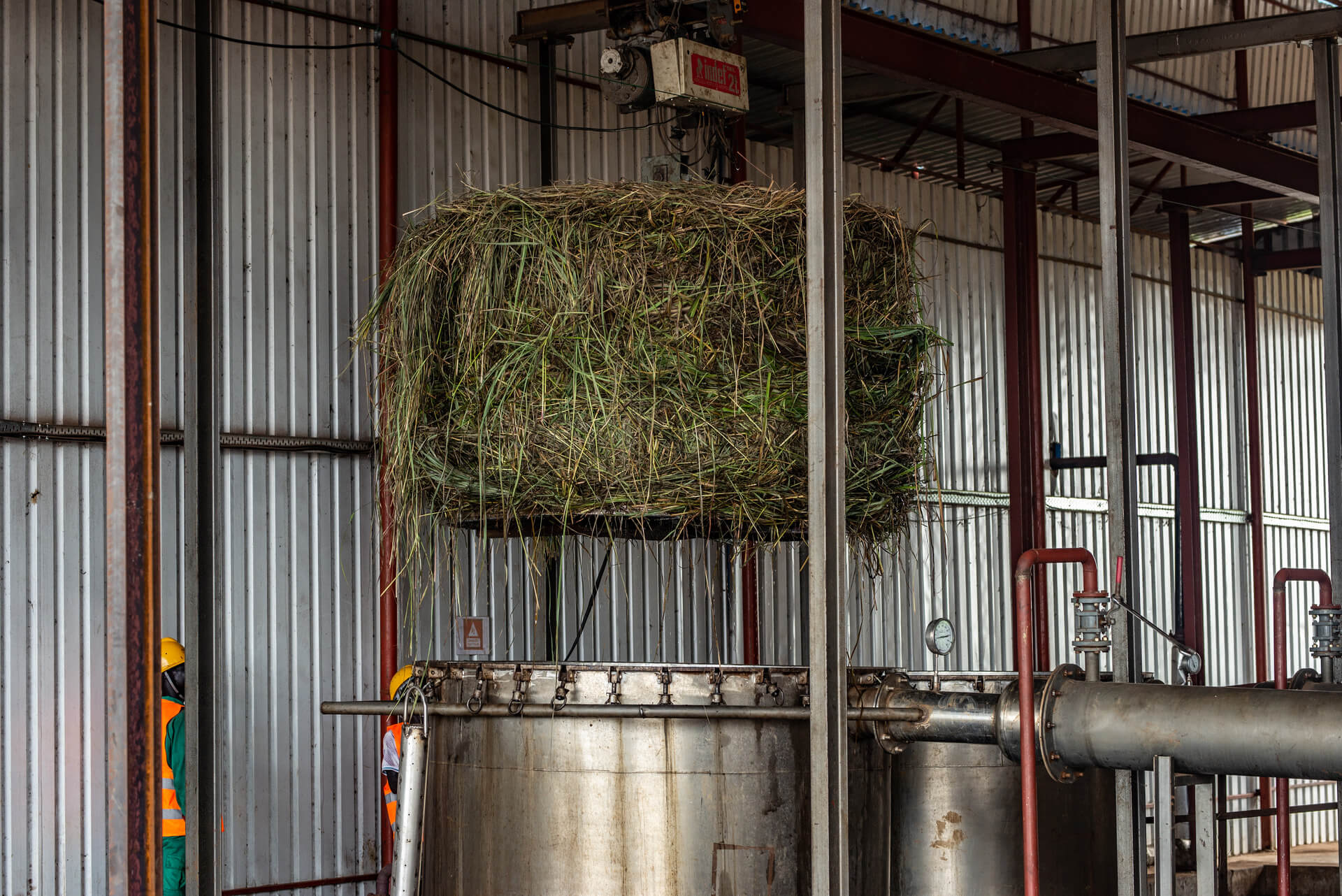
Harvesting & Processing
Once mature, the trees are methodically harvested; their branches and leaves are collected and transported to the distillation factory for processing. The leaves are left to wilt for a few days, reducing the moisture content to facilitate more efficient oil extraction. Branches are cut into pieces, and hand sorting during loading and unloading ensures the removal of foreign materials like insects or weeds. The trunks and thicker branches, devoid of oil, are stripped of leaves and twigs and then repurposed within the farm's ecosystem, emphasizing sustainability and zero waste.
Distillation
The steam distillation process, lasting 1 hour and 40 minutes, transforms the harvest into essential oil, while the processed biomass waste is recycled on-site. The oil, carefully recorded and weighed, is stored in clean, sealed stainless-steel containers with a capacity of 1000 kilograms. The farm undertakes this harvesting and distillation process 2-3 times annually, dictated by the specific oil requirements.

